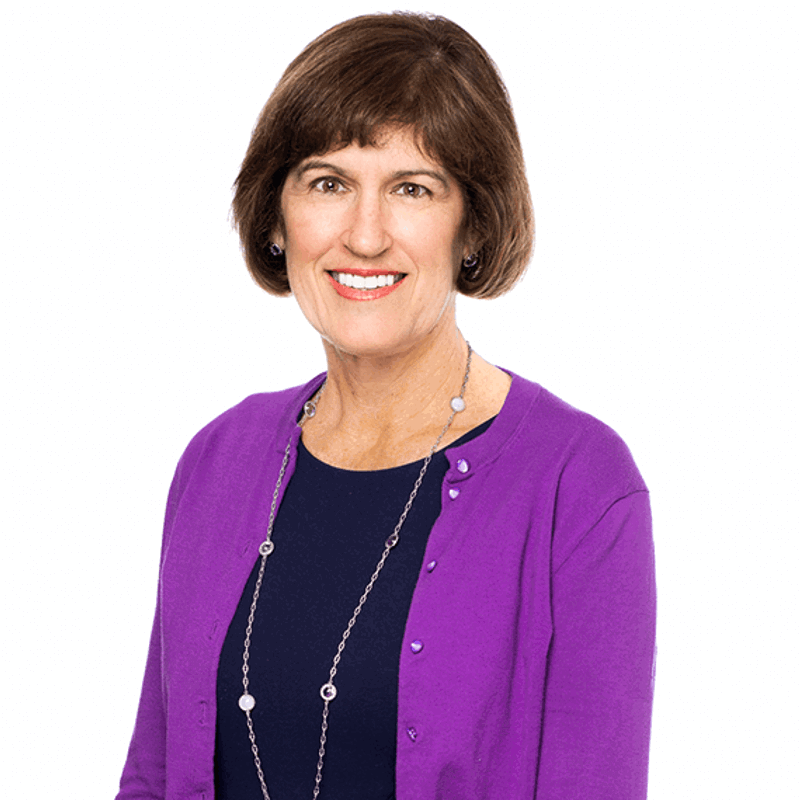Kepro – establishing leadership in D&I

Andrew Cavanna
Partner, Apax

Susan Weaver
CEO, Kepro

Penny Thompson
Chair of Kepro's DE&I Committee,
The Apax Funds invested in Kepro, a US provider of government sponsored healthcare programmes, in April 2017. Today the company employs over 1,000 individuals across 14 offices in the US. The leadership team at Kepro has long focused on fostering an inclusive culture and over the last year the Company has developed a Diversity, Equity & Inclusion (“DE&I”) committee to formalise their efforts and accelerate their progress.
Andrew Cavanna, a Partner at Apax spoke to Kepro’s CEO Susan Weaver and the Chair of the Company’s DE&I Committee, Penny Thompson, about Kepro’s approach to inclusion, equity and diversity, the objectives of the committee, and issues facing the industry.
Describe your journey on D&I?
Susan: DE&I has always been important, but we realised that to make real progress we had to position it as a strategic priority, professionalise our approach, and elevate it to Board level.
Initially, the DE&I initiatives were focused on compliance and human resources, supplemented by a volunteer group of employees who advised and assisted on employee communications and outreach.
However, to progress this work further, in December 2020, we launched our DE&I Board Committee, chaired by Penny Thompson; and designated a Kepro lead executive, Melissa Leigh, to lead a more disciplined and wide-ranging effort. This led to a bigger and more formal company-level employee Advisory Council, which has been critical in helping us to set direction as well as establishing a strong corporate commitment.
The starting point for us was to set a baseline to measure against. This laid bare what we already knew – as a largely female organisation, our data initially looks good but less so when looking more closely at the Board level and senior leadership and this is what we have set out to address.
Why was the decision taken to make this a Board level issue?
Penny: Ultimately, DE&I is not a ‘nice to have’, it is connected to our business imperatives and results, and is a concern for our employees and our clients as well. It’s vital when it comes to competing for the best talent, of all backgrounds, and in making us more competitive.
It also ties into a bigger conversation within our industry regarding health equity – how do we serve different people, with different backgrounds, and different expectations as we provide them with care. We are seeing more and more clients demand diverse employees and diverse leaders and an expectation that we are working with vendors that are diverse. This ties in exactly with our own objectives and is important in pushing our industry forwards.
What are the particular issues facing your industry?
Susan: Across our industry, companies tend to employ far more women than men when looking across all roles and functions. For example, at Kepro our employees are over 80% female. This is something we are proud of, and Kepro has long championed talented women. However, what you tend to find is that this doesn’t translate when looking at leadership roles. There is also a lack of representation in leadership when it comes to other forms of diversity, such as race. That’s why a big focus for us is how we tackle a lack of diversity in senior roles. We’ve already had early success by focusing on improving the pipeline of talent, but it’s something we, alongside the broader industry, need to address.
There are also issues that apply more generally to all industries. The most important of these is measuring outcomes. Quite frankly, the first hurdle was to establish a baseline for measurement and get the data.
How did you formulate your strategy and achieve buy-in from within the Company?
Susan: The first step was to decide that further action was needed to build on the informal efforts taking place in the business. From there, we evaluated the data we had available and questioned – where do we sit in comparison to peers, what are our demographics like, where are we falling short? That work naturally led to the formation of our Board committee and our wider strategy.
The commitment at Board level helped achieve buy-in. It demonstrated to employees the importance of the issue.
From a policy perspective, what have been the biggest changes? Have any early results been measured?
Penny: We have focused our early efforts around structure and governance, targeting low-hanging fruit that is nonetheless incredibly important in progressing our work on DE&I.
The first of these is recruitment. Early on, we made the decision to engage a variety of different recruiters, with the aim of targeting a more diverse pool of candidates and invested in a new applicant tracking system to support this.
Second, we evaluated our supply chain and our vendor strategy, ensuring that the companies we work with have the same standards, principles, and objective towards D&I that we have.
Thirdly, we put a greater emphasis on communication. We introduced a monthly communication to all staff to keep them up to date on our DE&I work and we’ve actively tried to tackle communication issues internally that can hinder progress in regard to fostering an inclusive workplace.
These are just initial steps, and we are continuing to build out our strategy, making policy changes in line with these developments.
What have you learnt from this process and how has that impacted your strategy?
Susan: As mentioned, we are still in the early stages of our journey, but already as an organisation we are more transparent, more cognisant of implicit bias, and more engaged across all our lines of business on making progress. Of course, there are always hurdles to overcome, and the impact of Covid-19, strong competition for labour, and remote working has added another layer of complexity. However, we are confident in our strategy, proud of the work we have done to date and believe we are now at an inflection point that will drive real, positive change across our organisation.
Company

Investment year
2017
Deal status
Current


